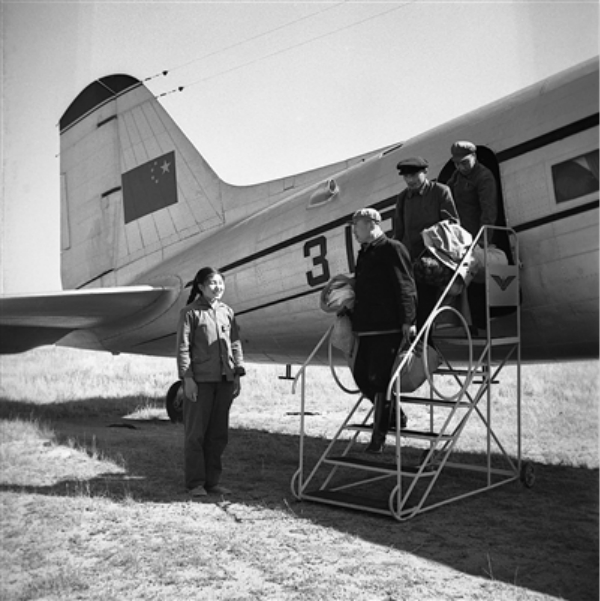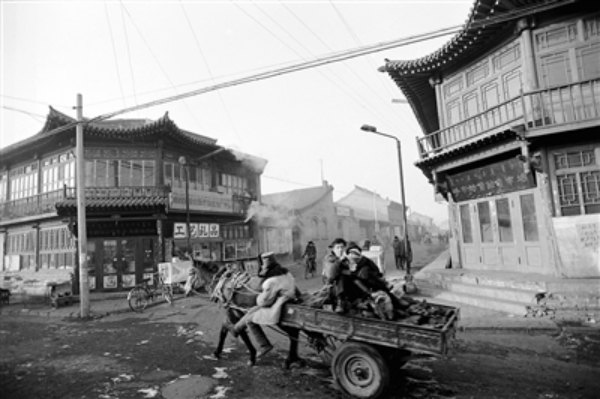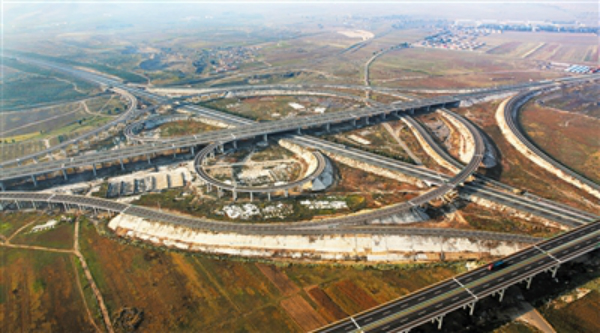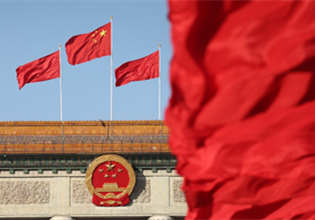Inner Mongolia transport sees 4 decades of changes

A photo shows the first civil aircraft landing at Hohhot Baita Airport in the 1950s. [Photo/hhhtnews.com]
Inner Mongolia autonomous region is vast in territory and rich in resources. The development of transportation is not just related to the development of economy and society, but also directly affects the convenience of people's life.
In the early days after the establishment of the autonomous region, transport in Inner Mongolia was very basic. After more than 30 years of construction, by the end of 1978, the highway mileage was about 375,350 kilometers and the railway mileage was 3,803 km. There were only 290,270 lorries and 7,669 passenger vehicles in Inner Mongolia. At that time, the highway passenger volume was 16.69 million. The highway freight volume was 43.52 million tons and the railway freight volume was about 38.61 million tons.

Animal drawn carts were still used by Hohhot residents in the 1980s. [Photo/hhhtnews.com]
After China's reform and opening up, the province established a comprehensive transportation network of highways, railways and aviation in the autonomous region.

This photo shows highway interchanges in Hohhot. [Photo/hhhtnews.com]
In 2016, Inner Mongolia's railway and highway mileage was about 12,000 km and 196,000 km respectively, with 166.97 million passengers and 20.48 billion tons of freight. The volume of passenger traffic was approximately 1.73 billion and passenger turnover was about 37.52 billion. In 2016, air passenger volume was 9.56 million and the air cargo volume was 71,600 tons. As of August 2017, there were 19 airports in Inner Mongolia.



 Print
Print Mail
Mail





